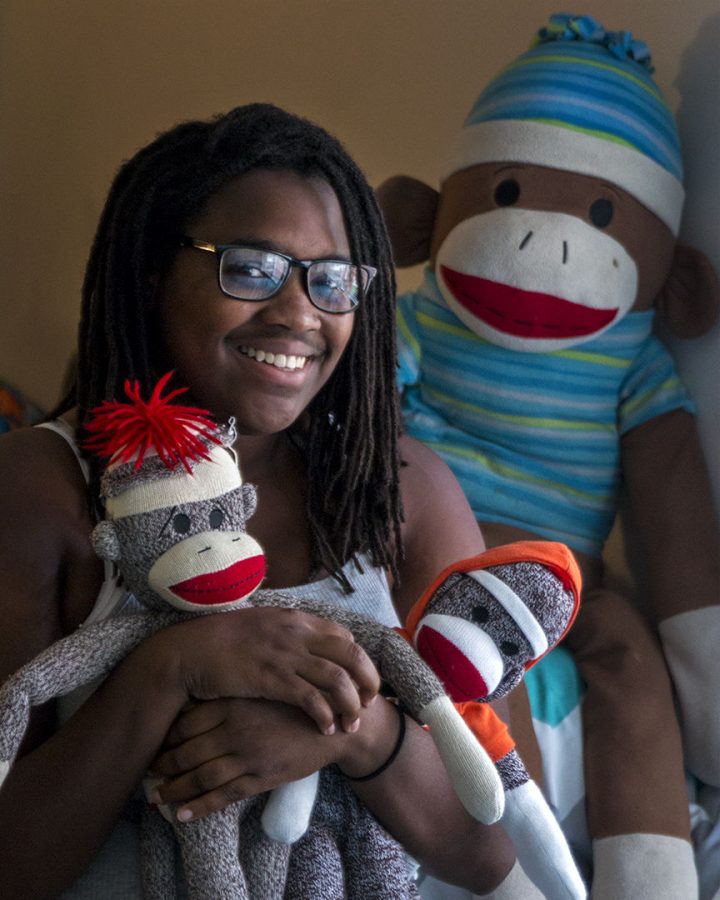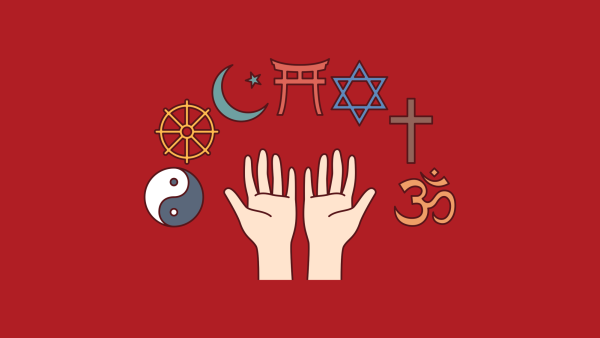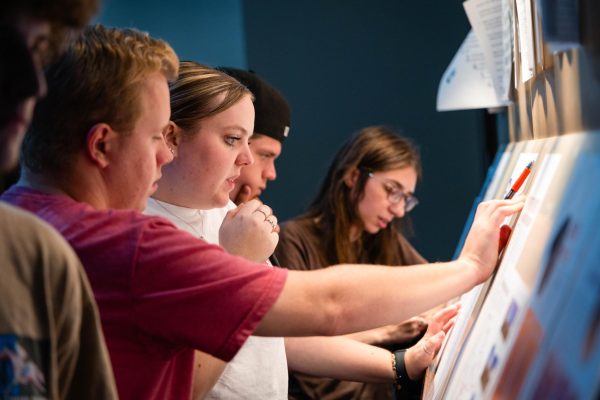KALYN’S CORNER: Coming to understand why people protest
November 17, 2016
Understanding what happened at Pearce-Ford Tower on Nov. 9 was a protest and not a riot is of the utmost importance when moving forward.
At 10 p.m., students were not destroying property, but exercising their first amendment right by dancing and singing to “F*ck the Police” while holding signs.
This article is by no means disregarding what happened before, such as the troops flag being ripped from a cadet’s hands. The act was disrespectful and, as we know, not tolerated by WKU. We can speculate this is why police were called onto the scene.
What happened before 10 p.m. is a grey area filled with incidents that are unclear if the individuals who were arrested were arrested for issues relating to the protest or if they went to start trouble. If they did go to start trouble, we need to recognize there were two separate groups of people outside of PFT, and not one. People looking for trouble, and people looking to protest. When those groups collide we have issues that paint an entire group as troublemakers instead of protesters; they’re caught up in a grey area where they aren’t destroying property, but bystanders may feel threatened by their presence because of the actions of a few.
What must also be understood is why individuals were protesting. Protests happen out of sadness, hurt, frustration and anger. There are ways for individuals to outwardly express emotions to the masses, they are persistent for the observant to recognize and hear their pain. Protests serve as a way for the voiceless to shout for a change in a system they’re far too small to change on their own. They are masses of people that may represent a community that has, or could, experience disenfranchisement and injustices.
We must understand the students of WKU did not smash car windows or cause violent public disturbances, much like the violent protests in Portland, Oregon, the Washington Post described as being “tainted by uncharacteristic violence.” This is a perfect description of what happened the night of Nov. 9 at PFT; a peaceful protest tainted with negative actions of others that affected the group as a whole. However, it is still unfair to lump all the protesters in the catalog of violent protesters when it was a few bad apples.
What could have turned very violent on our beloved campus didn’t thanks to police presence. However, we can’t only talk about the bad parts of the situation. We must talk about why the people were there in the first place. They were there because they felt threatened, scared, uncertain and confused about the future of our nation. We can’t ignore the fact xindividuals are walking across campus while checking their backs and analyzing their surroundings because they’re afraid of what comes next.
It’s easy to look at what happened and call out all of the bad moments, but it’s harder to ask students how they’re feeling about the situation. Try asking a student who may look or think differently from you how they feel about the election, the future of our nation and how they can be helped. Help them make sense of it all, and help them feel safe on and off campus.
Consider this a protest to the idea and actions of any riots within our campus community.
Consider this an outcry to those who have the power to make change on our campus; all students.
Consider those who don’t feel safe and do something about it.






















